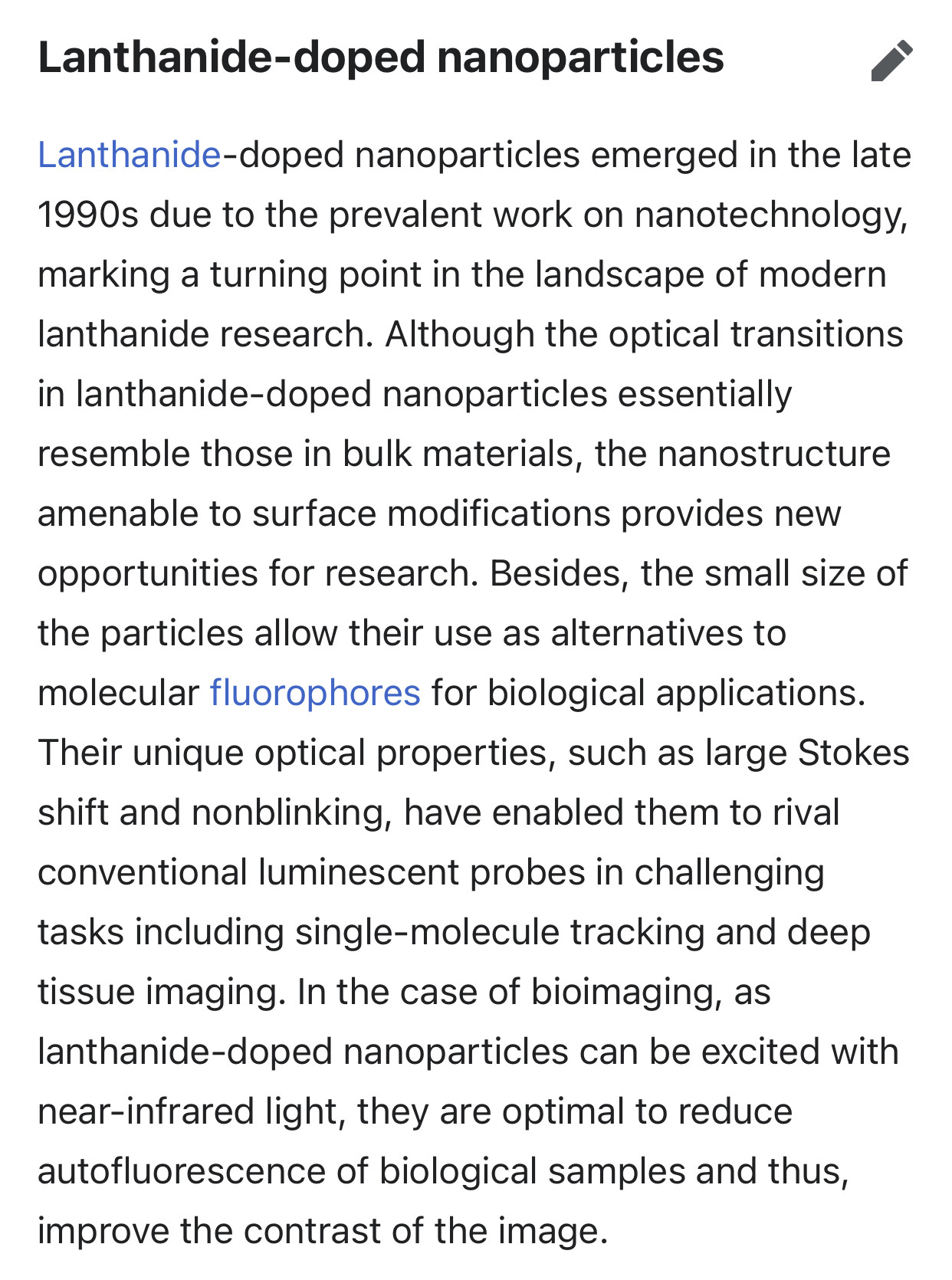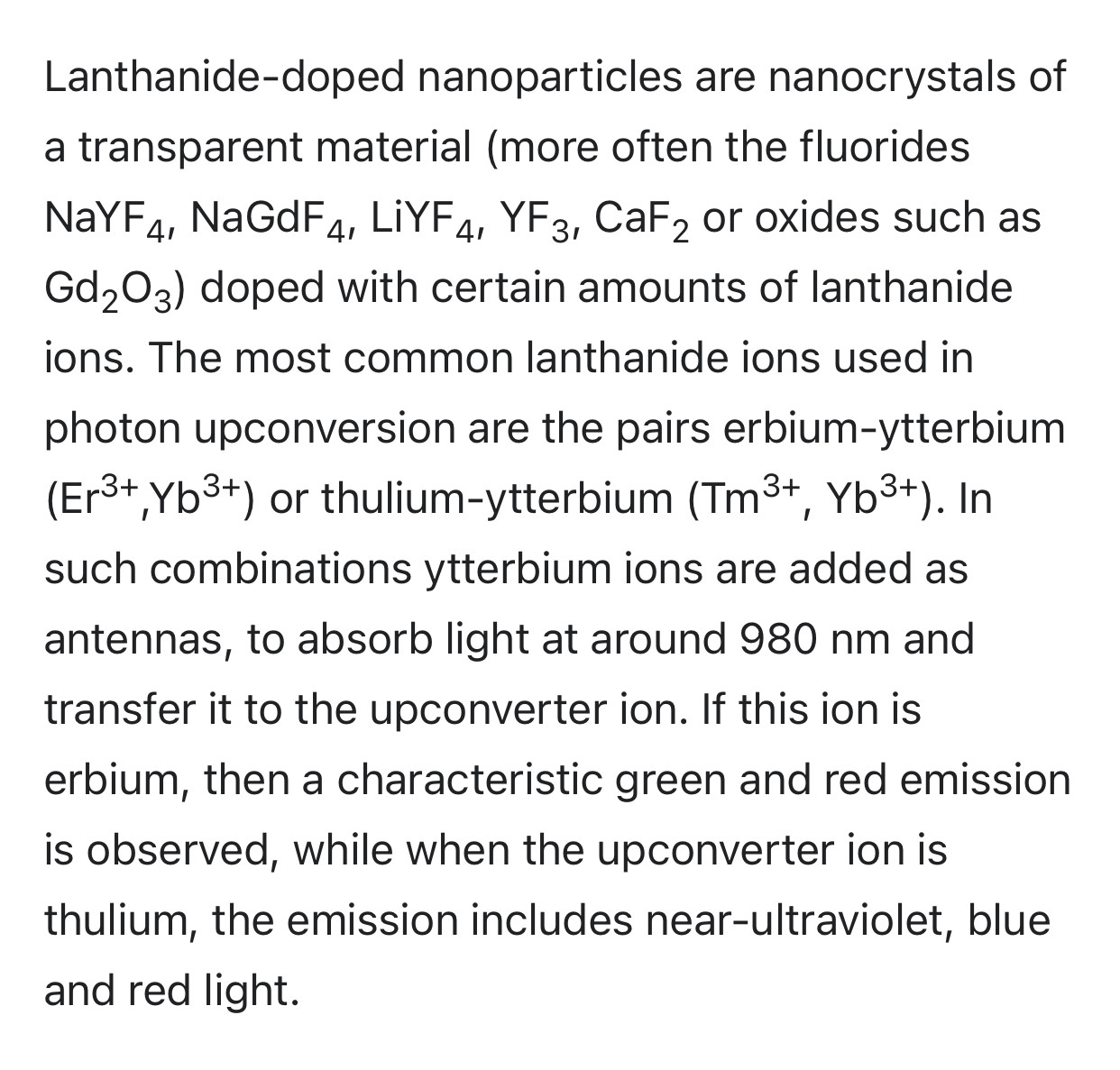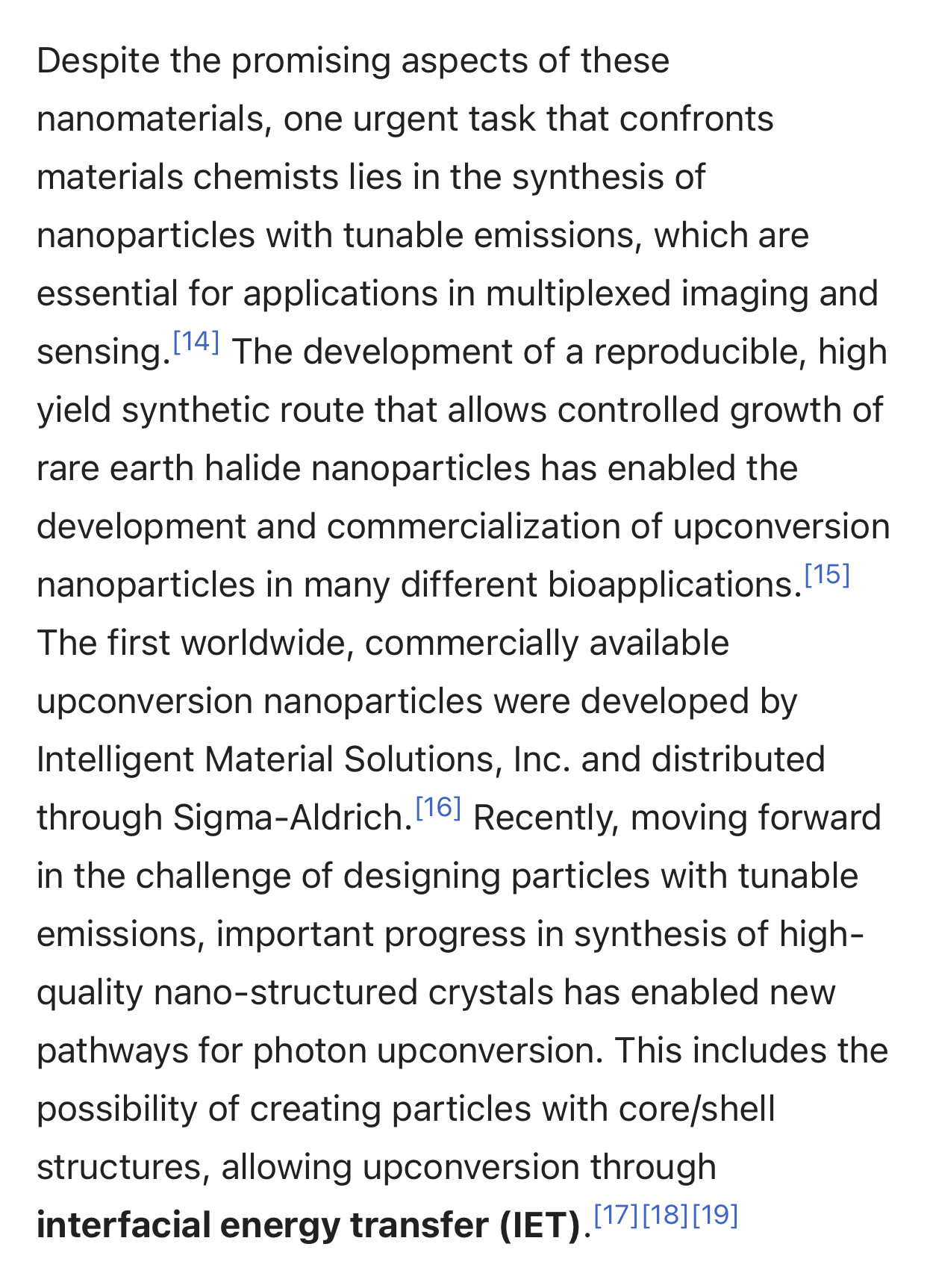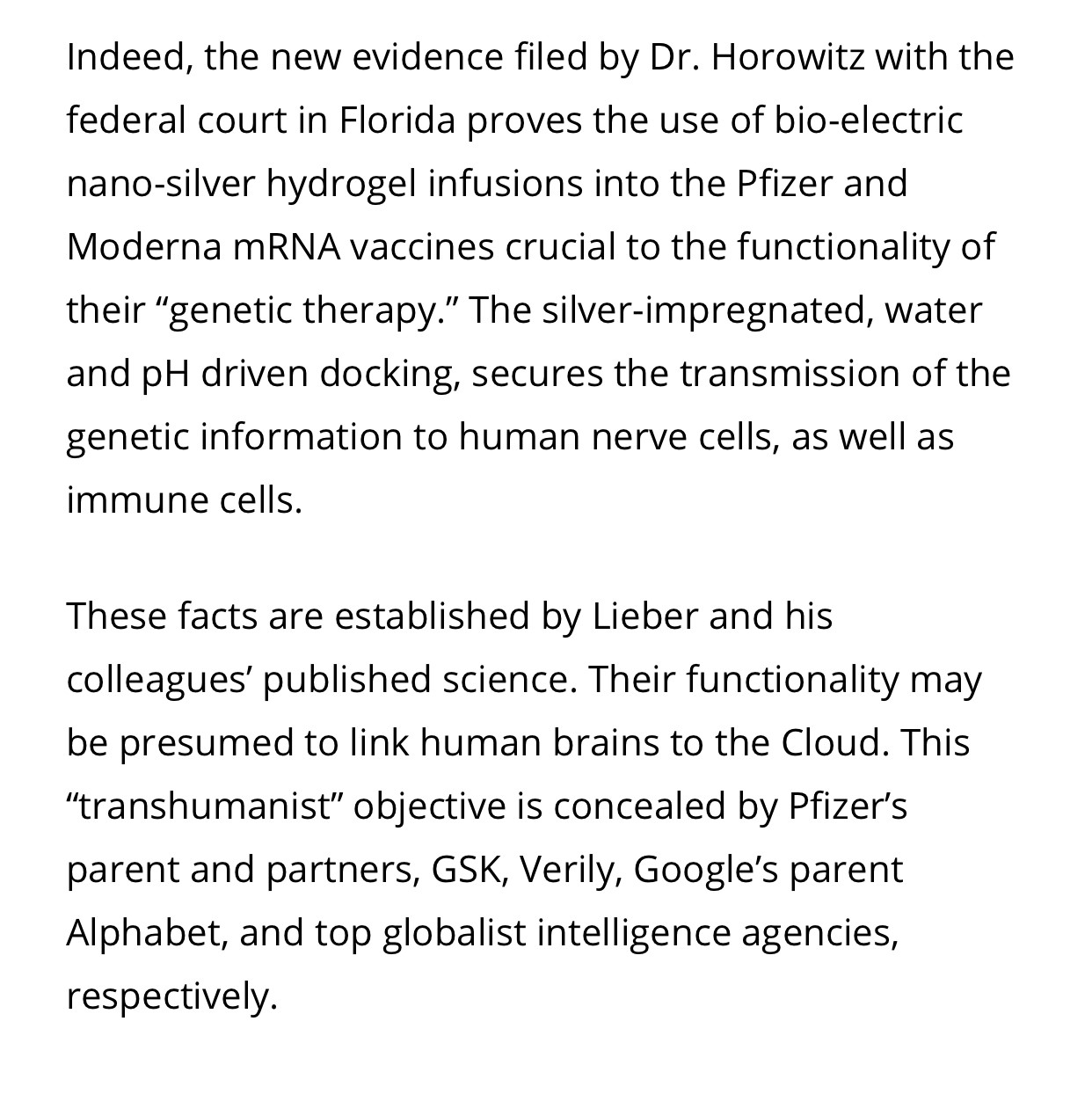The Mac
@TheMac
12 April, 07:30
Notice: Undefined index: tg1tga_access in /home/admin/www/anonup.com/themes/default/apps/timeline/post.phtml on line 396
Edmun Whaley
@Rooffox
12 April, 07:56
In response The Mac to his Publication
respectfully, which one might be the shape of the Earth?
Notice: Undefined index: tg1tga_access in /home/admin/www/anonup.com/themes/default/apps/timeline/post.phtml on line 396
The Mac
@TheMac
12 April, 08:28
In response Edmun Whaley to his Publication
A standing bell or resting bell is an inverted bell, supported from below with the rim uppermost. Such bells are normally bowl-shaped, and exist in a wide range of sizes, from a few centimetres to a metre in diameter. They are often played by striking, but some—known as singing bowls—may also be played by rotating a mallet around the outside rim to produce a sustained musical note.
Struck bowls are used in some Buddhist religious practices to accompany periods of meditation and chanting.
Struck bowls are used in some Buddhist religious practices to accompany periods of meditation and chanting.
Notice: Undefined index: tg1tga_access in /home/admin/www/anonup.com/themes/default/apps/timeline/post.phtml on line 396
The Mac
@TheMac
12 April, 08:29
In response The Mac to his Publication
Struck and singing bowls are widely used for music making,
meditation and relaxation,
as well for personal spirituality.
meditation and relaxation,
as well for personal spirituality.
Notice: Undefined index: tg1tga_access in /home/admin/www/anonup.com/themes/default/apps/timeline/post.phtml on line 396
The Mac
@TheMac
12 April, 08:36
In response The Mac to his Publication
When a raindrop crashes into the surface of a puddle... 😉👉🏻the collision causes tiny currents to spin around inside the droplet as well as below the surface of the puddle. If you could peer into the droplet, you'd see water rushing downward along the edges inside the drop and then climbing back up toward the center, That spinning motion inside the droplet, invisible under most circumstances, creates enough force to tug on the air surrounding the droplet.
Notice: Undefined index: tg1tga_access in /home/admin/www/anonup.com/themes/default/apps/timeline/post.phtml on line 396
The Mac
@TheMac
12 April, 08:37
In response The Mac to his Publication
The air forms into a thin, fast stream of wind that flows under the drop, holding it a hair's width above the surface, however, that those engines — inside the droplet and below the surface of the liquid — don't spin on their own. Heat differences between a drop and the liquid it impacts drive the rotation and the levitation. Once the raindrop warms or cools to the temperature of the puddle — a process sped up by those spinning engines that can take anywhere from milliseconds to seconds — it will crash through its magic rug of air and disappear into the puddle,
Notice: Undefined index: tg1tga_access in /home/admin/www/anonup.com/themes/default/apps/timeline/post.phtml on line 396
The Mac
@TheMac
12 April, 08:38
In response The Mac to his Publication
The MIT researchers figured out how to calculate the minimum difference in heat for levitation to occur in any given liquid. If the difference is greater than that minimum, they found, the droplet levitates longer. Any shorter, and the drop won't levitate at all.
Notice: Undefined index: tg1tga_access in /home/admin/www/anonup.com/themes/default/apps/timeline/post.phtml on line 396
The Mac
@TheMac
12 April, 08:39
In response The Mac to his Publication
Through some clever experimental setups and the aid of high-speed cameras, the researchers were able to make some beautiful videos of the levitation engines in action. The scientists mixed some shiny flakes of titanium dioxide into oil, then pinned a drop of that oil against the surface of a larger pool with a syringe. They backlit the drop with a bright LED, and the titanium dioxide lit up as it swirled in the churning currents, following the path of the engines.
Notice: Undefined index: tg1tga_access in /home/admin/www/anonup.com/themes/default/apps/timeline/post.phtml on line 396
The Mac
@TheMac
12 April, 08:40
In response The Mac to his Publication
🙏🏻❤️
Notice: Undefined index: tg1tga_access in /home/admin/www/anonup.com/themes/default/apps/timeline/post.phtml on line 396
The Mac
@TheMac
12 April, 08:49
In response The Mac to his Publication
Sonoluminescence can occur when a sound wave of sufficient intensity induces a gaseous cavity within a liquid to collapse quickly. ... The bubbles are very small when they emit the light—about 1 micrometre in diameter—depending on the ambient fluid (e.g., water) and the gas content of the bubble (e.g., atmospheric air).
Notice: Undefined index: tg1tga_access in /home/admin/www/anonup.com/themes/default/apps/timeline/post.phtml on line 396
The Mac
@TheMac
12 April, 08:51
In response The Mac to his Publication
Plasma Activated Water is produced only by making use of water, air and electricity.. .
Notice: Undefined index: tg1tga_access in /home/admin/www/anonup.com/themes/default/apps/timeline/post.phtml on line 396
The Mac
@TheMac
12 April, 08:52
In response The Mac to his Publication
A Star and hence our Sun, is an almost entirely ionized ball of plasma, consisting of electrons and ions, in which there is hardly any gas (neutral atoms). The movement of the plasma produces strong magnetic fields and corresponding electric currents.
Notice: Undefined index: tg1tga_access in /home/admin/www/anonup.com/themes/default/apps/timeline/post.phtml on line 396
The Mac
@TheMac
12 April, 08:57
In response The Mac to his Publication
Although photon upconversion was first studied in bulk crystals and optical fibers, it became better known with the development of nanomaterials. This happened due to the many ways in which nanostructures with photon upconversion properties can be applied. This new class of materials may broadly be referred to as upconverting nanoparticles or UCNPs.
Notice: Undefined index: tg1tga_access in /home/admin/www/anonup.com/themes/default/apps/timeline/post.phtml on line 396
The Mac
@TheMac
12 April, 08:58
In response The Mac to his Publication
Photon upconversion through sensitized triplet-triplet annihilation has the advantage of being efficient even at low excitation intensities making it potentially useful for converting sun light to enhance solar cell efficiencies.
Notice: Undefined index: tg1tga_access in /home/admin/www/anonup.com/themes/default/apps/timeline/post.phtml on line 396
The Mac
@TheMac
12 April, 09:01
In response The Mac to his Publication
Notice: Undefined index: tg1tga_access in /home/admin/www/anonup.com/themes/default/apps/timeline/post.phtml on line 396
The Mac
@TheMac
12 April, 09:01
In response The Mac to his Publication
Notice: Undefined index: tg1tga_access in /home/admin/www/anonup.com/themes/default/apps/timeline/post.phtml on line 396
The Mac
@TheMac
12 April, 09:01
In response The Mac to his Publication
Notice: Undefined index: tg1tga_access in /home/admin/www/anonup.com/themes/default/apps/timeline/post.phtml on line 396
The Mac
@TheMac
12 April, 09:03
In response The Mac to his Publication
Semiconductor nanoparticles or quantum dots have often been demonstrated to emit light of shorter wavelength than the excitation following a two-photon absorption mechanism, not photon upconversion. However, recently the use of semiconductor nanoparticles, such as CdSe, PbS and PbSe as sensitizers combined with molecular emitters has been shown as a new strategy for photon upconversion through triplet-triplet annihilation.
Notice: Undefined index: tg1tga_access in /home/admin/www/anonup.com/themes/default/apps/timeline/post.phtml on line 396
The Mac
@TheMac
12 April, 09:03
In response The Mac to his Publication
[20] They have been used to upconvert 980 nm infrared light to 600 nm visible light;[20] green light to blue light;[21][22] and blue light to ultraviolet.[23] This technique benefits from a very high upconverting capability. Especially, these materials can be used to capture the infrared region of sunlight to electricity and enhance the efficiency of photovoltaic solar cells.
Notice: Undefined index: tg1tga_access in /home/admin/www/anonup.com/themes/default/apps/timeline/post.phtml on line 396
The Mac
@TheMac
12 April, 09:07
In response The Mac to his Publication
Notice: Undefined index: tg1tga_access in /home/admin/www/anonup.com/themes/default/apps/timeline/post.phtml on line 396
The Mac
@TheMac
12 April, 09:08
In response The Mac to his Publication
Notice: Undefined index: tg1tga_access in /home/admin/www/anonup.com/themes/default/apps/timeline/post.phtml on line 396
The Mac
@TheMac
12 April, 09:09
In response The Mac to his Publication
From Middle English level, from Old French livel, liveau m, later nivel, niveau, from Latin libella f (“a balance, a level”), diminutive of libra f (“a balance, a level”); see libra, librate.
The verb is from Middle English levelen,
The verb is from Middle English levelen,
Notice: Undefined index: tg1tga_access in /home/admin/www/anonup.com/themes/default/apps/timeline/post.phtml on line 396
The Mac
@TheMac
12 April, 09:10
In response The Mac to his Publication
spirit level
noun
a device consisting of a sealed glass tube partially filled with alcohol or other liquid, containing an air bubble whose position reveals whether a surface is perfectly level.
noun
a device consisting of a sealed glass tube partially filled with alcohol or other liquid, containing an air bubble whose position reveals whether a surface is perfectly level.
Notice: Undefined index: tg1tga_access in /home/admin/www/anonup.com/themes/default/apps/timeline/post.phtml on line 396
The Mac
@TheMac
12 April, 09:11
In response The Mac to his Publication
Microbubbles are small gas-filled microspheres that have specific acoustic properties that make them useful as a contrast agent in ultrasound imaging.
Notice: Undefined index: tg1tga_access in /home/admin/www/anonup.com/themes/default/apps/timeline/post.phtml on line 396
The Mac
@TheMac
12 April, 09:12
In response The Mac to his Publication
A contrast agent is a substance used to increase the contrast of structures or fluids within the body in medical imaging. Contrast agents absorb or alter external electromagnetism or ultrasound, which is different from radiopharmaceuticals, which emit radiation themselves.
Notice: Undefined index: tg1tga_access in /home/admin/www/anonup.com/themes/default/apps/timeline/post.phtml on line 396
The Mac
@TheMac
12 April, 09:17
In response The Mac to his Publication
The evolutionary history of viruses represents a fascinating, albeit murky, topic for virologists and cell biologists. Because of the great diversity among viruses, biologists have struggled with how to classify these entities and how to relate them to the conventional tree of life.
Notice: Undefined index: tg1tga_access in /home/admin/www/anonup.com/themes/default/apps/timeline/post.phtml on line 396
The Mac
@TheMac
12 April, 09:19
In response The Mac to his Publication
Spectrometers used in space applications could be reduced in size drastically, if the development of a prototype instrument based around quantum-dot wavelength “filters” proves successful.
A collaboration between NASA and the Massachusetts Institute of Technology (MIT) is currently working on the approach, with a view to launching the first such system on board a CubeSat.
A collaboration between NASA and the Massachusetts Institute of Technology (MIT) is currently working on the approach, with a view to launching the first such system on board a CubeSat.
Notice: Undefined index: tg1tga_access in /home/admin/www/anonup.com/themes/default/apps/timeline/post.phtml on line 396
The Mac
@TheMac
12 April, 09:20
In response The Mac to his Publication
Abstract. Two scientists contributed to the discovery of the first virus, Tobacco mosaic virus. Ivanoski reported in 1892 that extracts from infected leaves were still infectious after filtration through a Chamberland filter-candle. Bacteria are retained by such filters, a new world was discovered: filterable pathogens ...
Notice: Undefined index: tg1tga_access in /home/admin/www/anonup.com/themes/default/apps/timeline/post.phtml on line 396
The Mac
@TheMac
12 April, 09:23
In response The Mac to his Publication
Use of the Pasteur-Chamberland filter led to the discovery that diphtheria and tetanus toxins, among others, could still cause illness even after filtration. Identification of these toxins contributed to the development of antitoxins to treat such diseases. It was also discovered that a type of substance, initially known as a "filterable virus", passed through the smallest Pasteur-Chamberland filters, and replicated itself inside living cells. The discovery that biological entities smaller than bacteria existed was important in establishing the field of virology.
Notice: Undefined index: tg1tga_access in /home/admin/www/anonup.com/themes/default/apps/timeline/post.phtml on line 396
The Mac
@TheMac
12 April, 09:26
In response The Mac to his Publication
Beginning with energy sources obtained from their environment in the form of sunlight and organic food molecules, eukaryotic cells make energy-rich molecules like ATP and NADH via energy pathways including photosynthesis, glycolysis, the citric acid cycle, and oxidative phosphorylation.
Notice: Undefined index: tg1tga_access in /home/admin/www/anonup.com/themes/default/apps/timeline/post.phtml on line 396
The Mac
@TheMac
12 April, 09:28
In response The Mac to his Publication
Photosynthesis converts carbon dioxide and water into oxygen and glucose. Glucose is used as food by the plant and oxygen is a by-product. Cellular respiration converts oxygen and glucose into water and carbon dioxide. Water and carbon dioxide are by- products and ATP is energy that is transformed from the process.
Notice: Undefined index: tg1tga_access in /home/admin/www/anonup.com/themes/default/apps/timeline/post.phtml on line 396
Photosynthesis consumes CO2 and produces oxygen. Cellular respiration consumes oxygen and produces CO2.
09:30 PM - Apr 12, 2021
In response The Mac to his Publication
Only people mentioned by TheMac in this post can reply
The Mac
@TheMac
12 April, 09:31
In response The Mac to his Publication
Artificial photosynthesis is a chemical process that biomimics the natural process of photosynthesis to convert sunlight, water, and carbon dioxide into carbohydrates and oxygen.
Notice: Undefined index: tg1tga_access in /home/admin/www/anonup.com/themes/default/apps/timeline/post.phtml on line 396
The Mac
@TheMac
12 April, 09:35
In response The Mac to his Publication
actuality, however, plants do not absorb all incoming sunlight (due to reflection, respiration requirements of photosynthesis and the need for optimal solar radiation levels) and do not convert all harvested energy into biomass, which results in a maximum overall photosynthetic efficiency of 3 to 6% of total solar radiation. If photosynthesis is inefficient, excess light energy must be dissipated to avoid damaging the photosynthetic apparatus. Energy can be dissipated as heat (non-photochemical quenching), or emitted as chlorophyll fluorescence.
Notice: Undefined index: tg1tga_access in /home/admin/www/anonup.com/themes/default/apps/timeline/post.phtml on line 396







